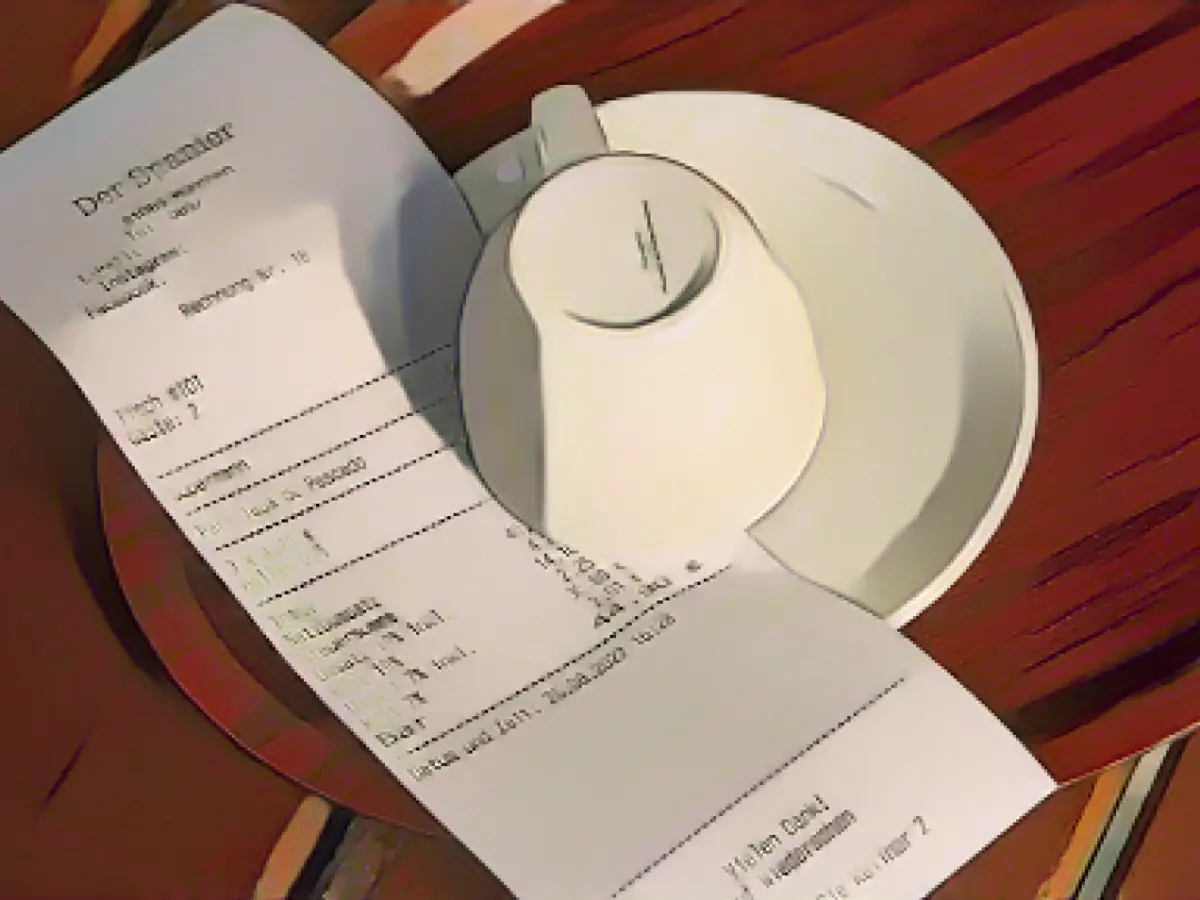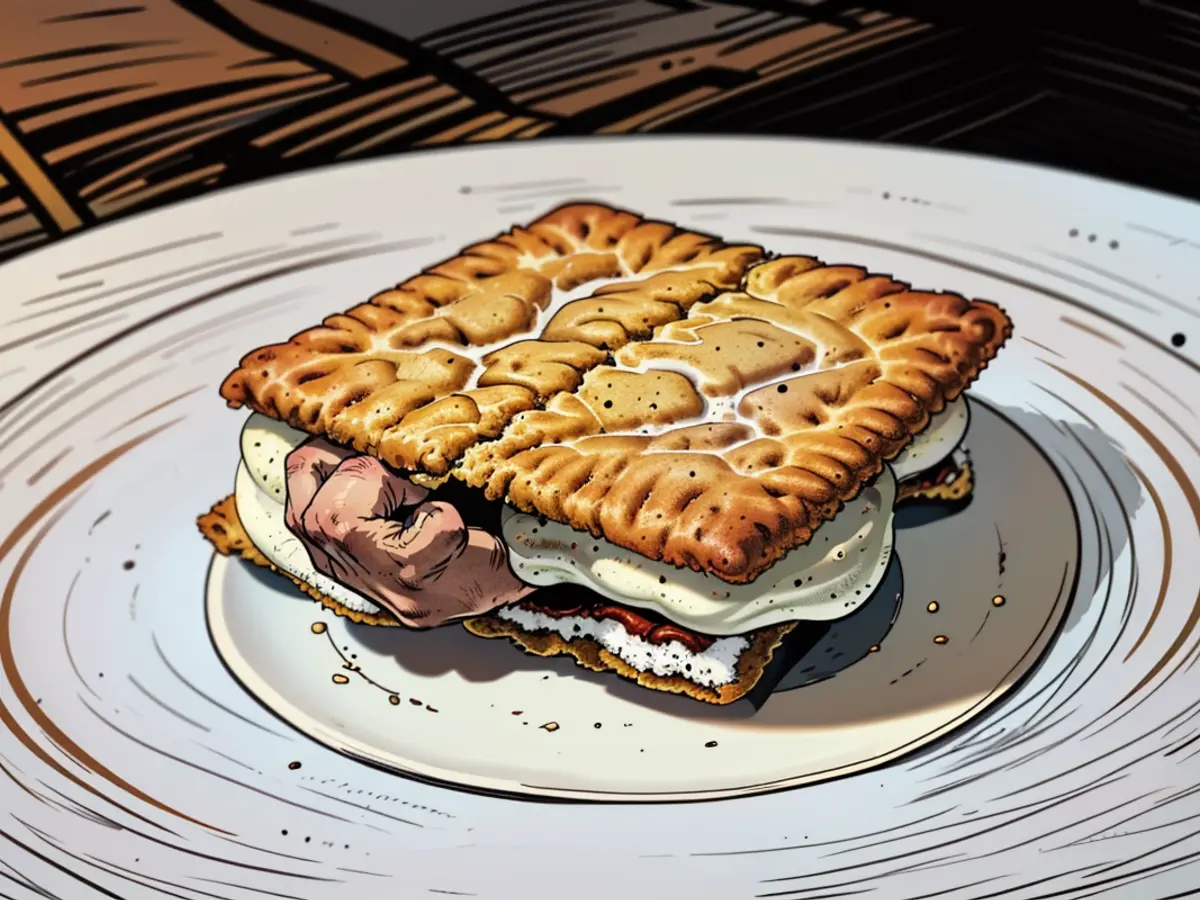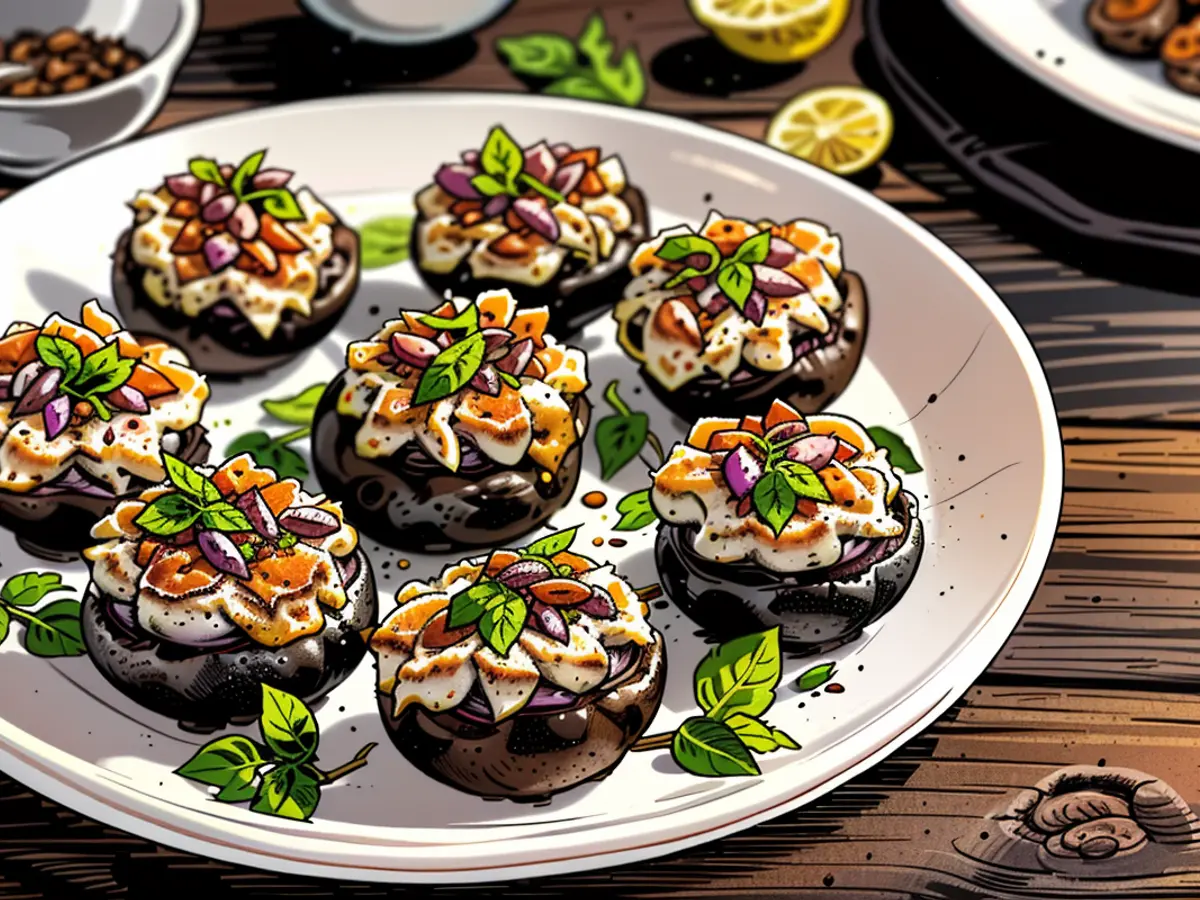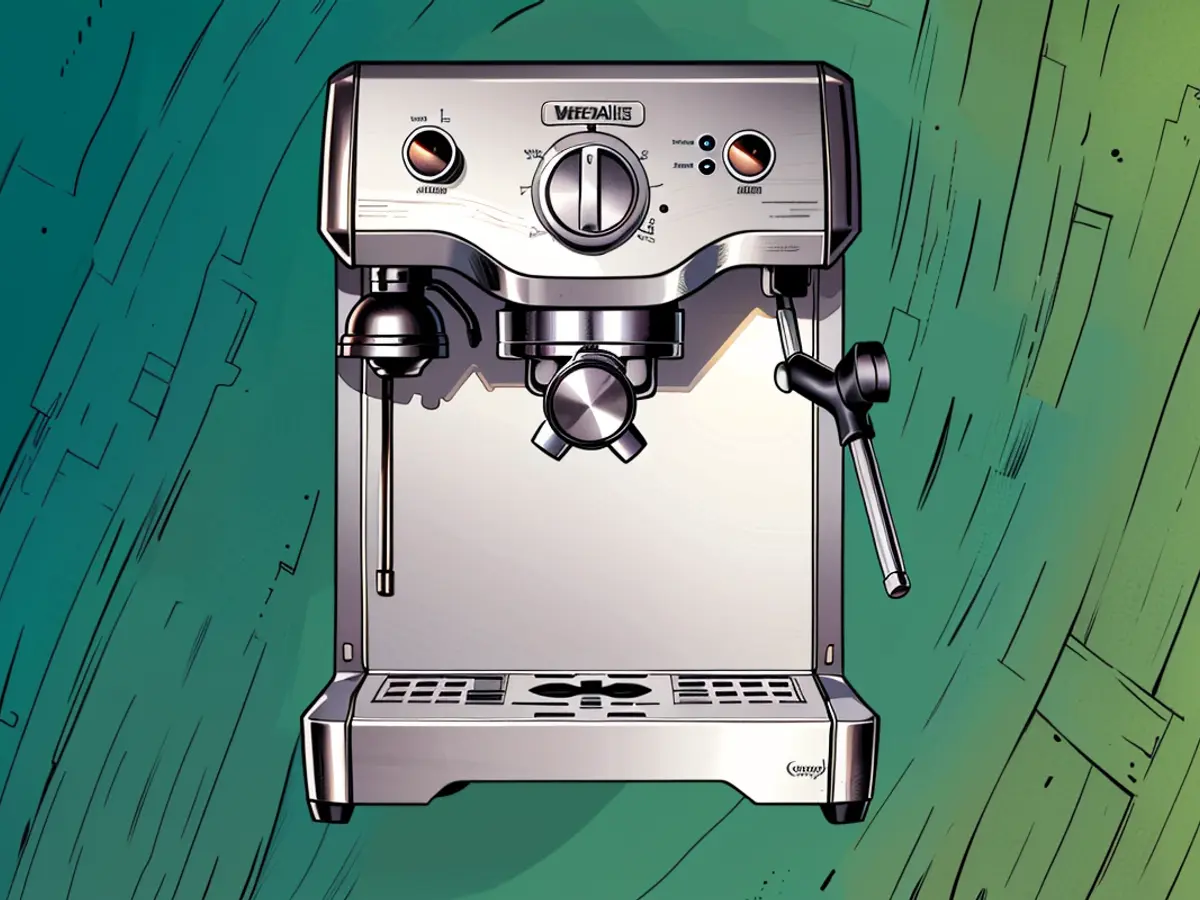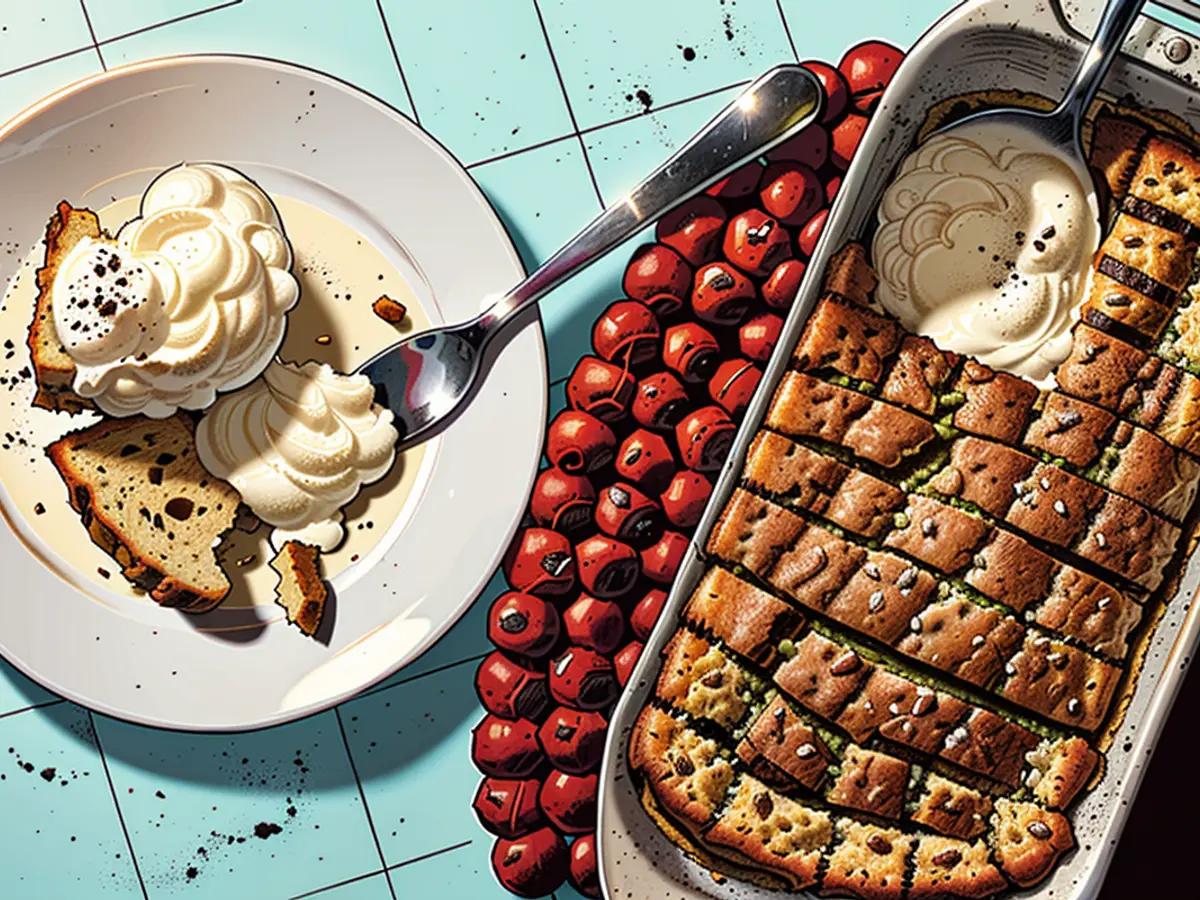With calculation examples - Restaurant meals will be more expensive: the impact of the VAT increase
Restaurants have gone backwards: at the start of the year, VAT on food rose again from 7% to 19%. This means that the coronavirus aid, which was introduced in 2020 to relieve the burden on restaurants during the pandemic, is now a thing of the past, despite vehement criticism from the industry association. It is to be expected that restaurants will compensate for the loss of tax breaks by increasing prices.
A survey conducted by the German Hotel and Restaurant Association (Dehoga) at the end of last year showed that 89% of respondents wanted to increase prices. The reasons for this are obvious to Dehoga's Managing Director Ingrid Hartges. Most businesses have no room for maneuver, Hartges told Wirtschaftswoche: "Hardly anyone can afford to add money."
Gastronomy VAT rate back to pre-corona level
The tax rate reduction was also introduced because it was only possible to offer takeaway at times during the pandemic. Even later, many customers preferred to take food home rather than eat it on site to avoid infection. As the lower tax rate of 7 percent has always applied to take-away and delivered food, the aim was also to prevent distortion of competition by offering an overall reduction. Later, after restaurants had largely returned to normality, the energy crisis caused the federal government to extend the regulation several times.
With the return to the pre-corona regulations, guests now have to pay extra for the service, for example the waiter who serves the food and the appetizingly presented food on china. On the other hand, only 7 percent VAT will continue to be charged on the kebab eaten from the paper wrapper at the bar table, as this is a so-called delivery of goods and not a restaurant service.

Sample calculations - how the tax increase could affect you
Whether and to what extent restaurants increase their prices is a decision for each individual. These calculation models show what price increases restaurant visitors can expect if the tax rate increase is passed on one-to-one: if a pizza currently costs 12 euros, it would have to cost around 13.30 euros in future. For a schnitzel with chips, which previously cost 18 euros, you would have to pay 19.90 euros. The price of a Sunday roast would rise from 24 euros to 26.60 euros.
Dehoga had strongly criticized the return to the old VAT rate. The industry association fears that this will cause economic hardship for many restaurants. The association's survey also revealed that 12% of the restaurateurs surveyed saw their existence threatened by this and 5.2% were even considering closing their business as a result. Only 4.2 percent were optimistic and felt that they would not or hardly be affected by the change.
Read also:
- Chocolate Strawberries: Berry Blizzard
- thanksgiving monte cristo
- Chicken Wings: Breathalyzer
- fajitas: basic bird
- Following the VAT increase, Ingrid Hartges, the Managing Director of DEHOGA, expressed her concerns, stating that most restaurants will have no choice but to increase their prices due to the loss of tax breaks.
- Despite the VAT increase affecting restaurant meals, the VAT rate of 7% will continue to apply to takeaway and delivered food, such as a kebab eaten from a paper wrapper at a bar table, which is considered a delivery of goods and not a service provided by a restaurant like 'Restaurant Ingrid Hartges'.
Source: www.stern.de
